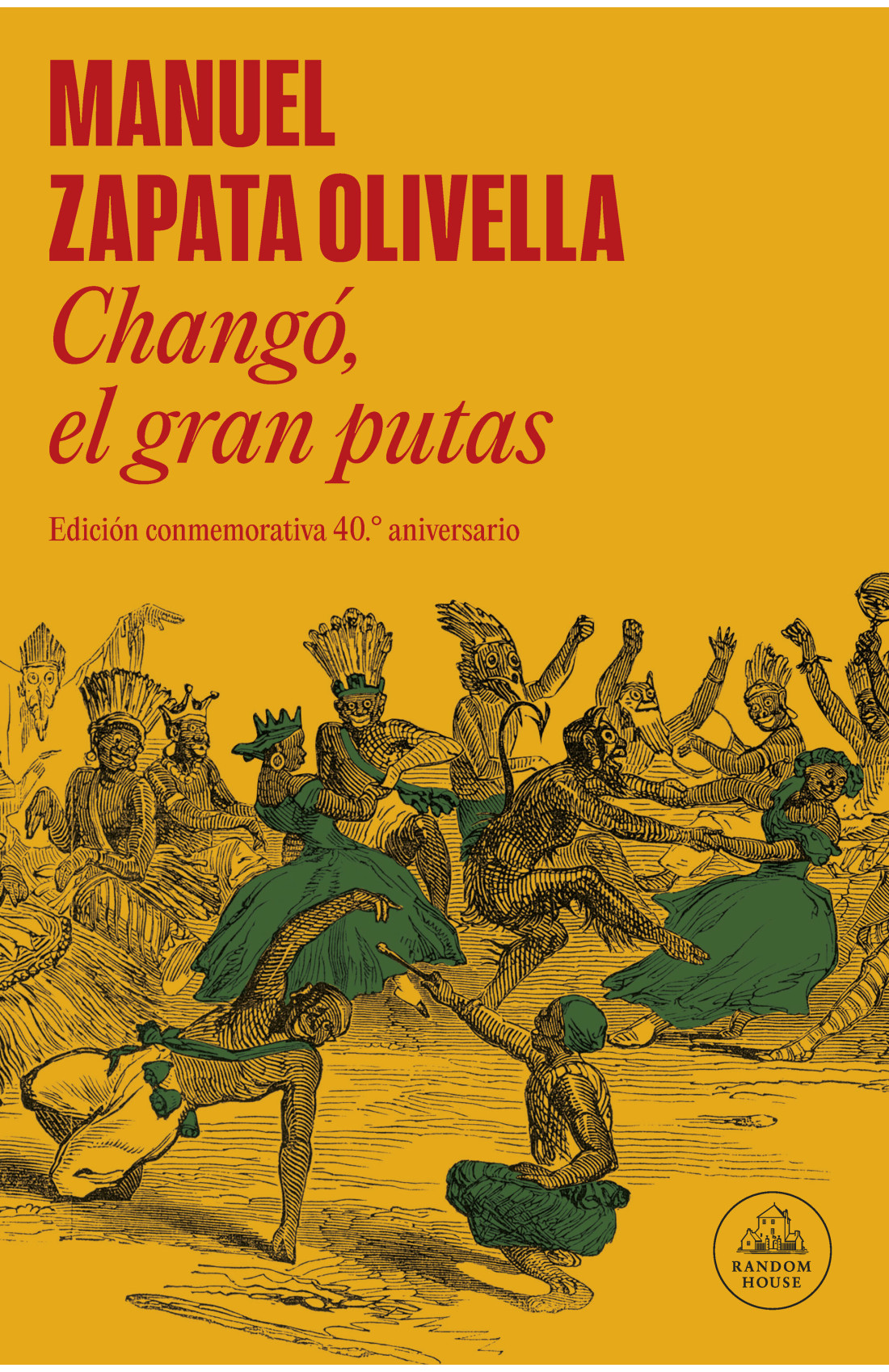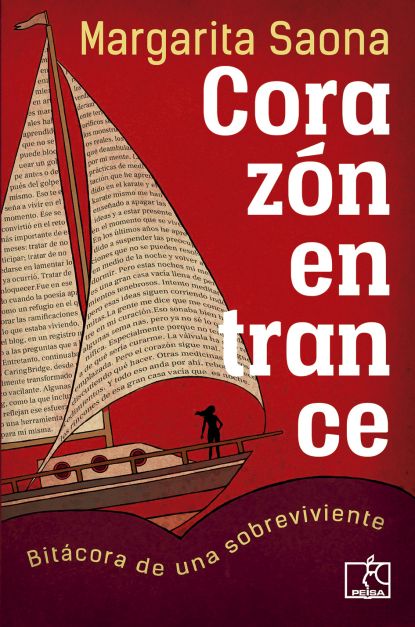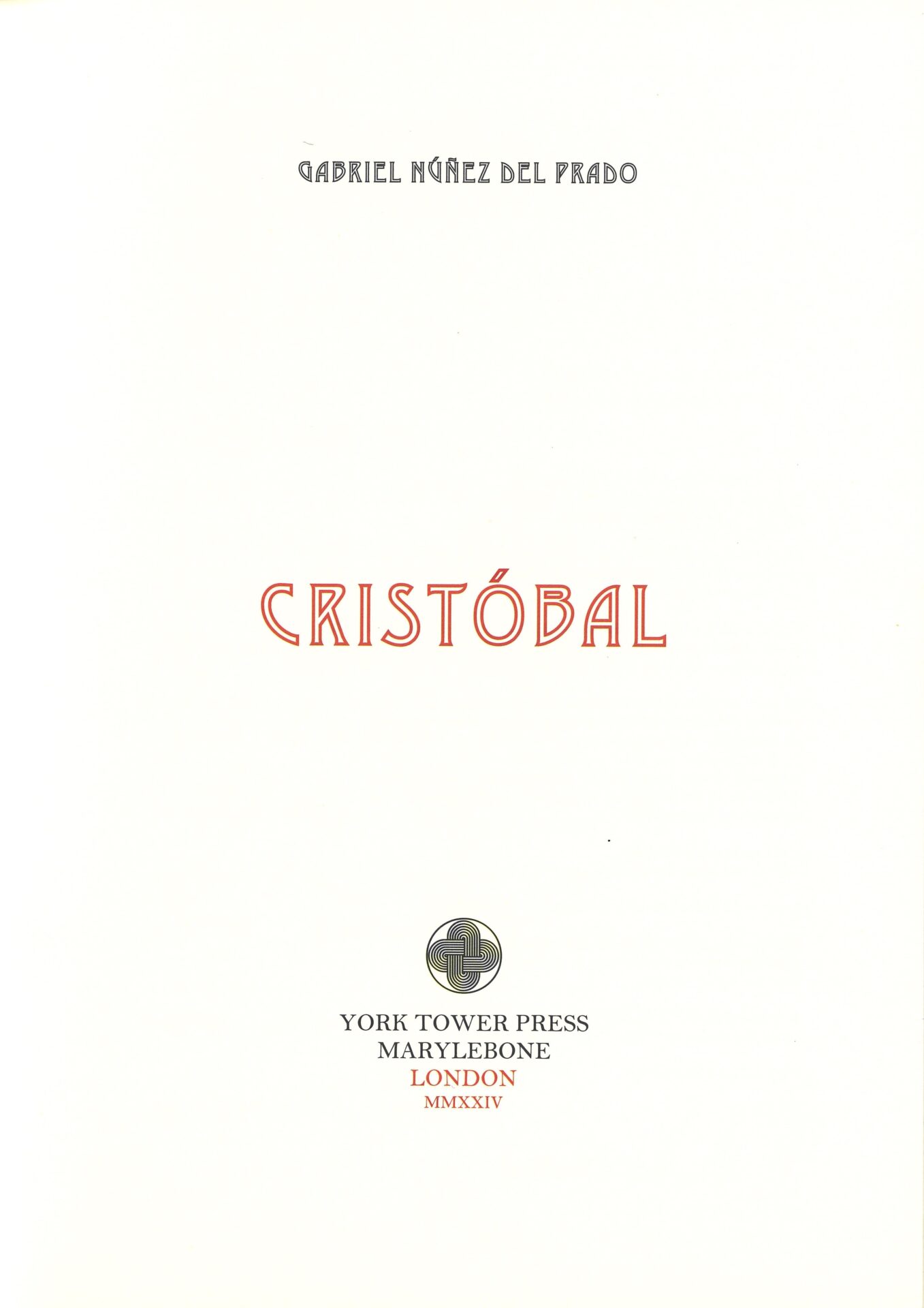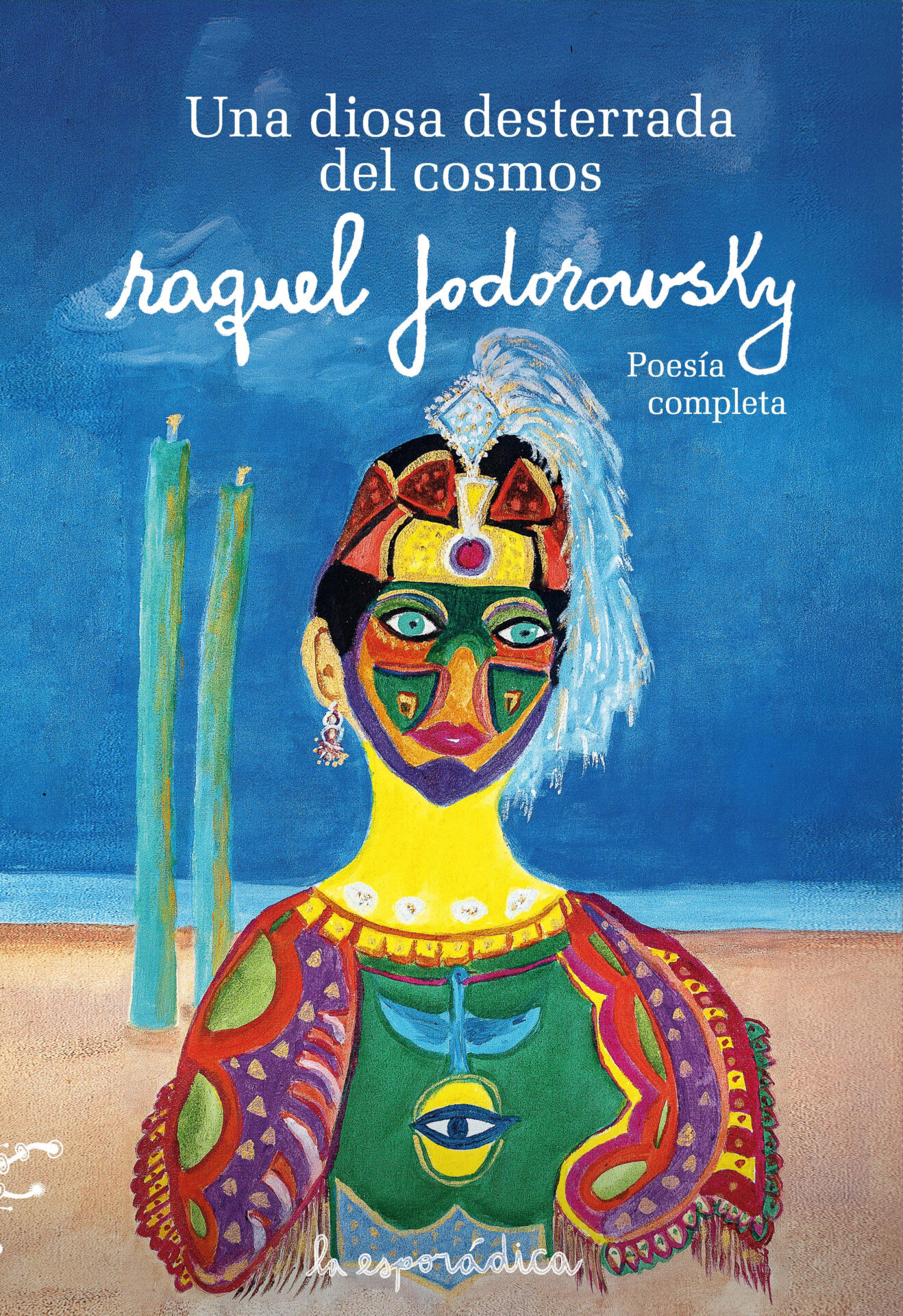Solombra. Jorge Londoño. Medellín: Hilo de Plata Editores. 2017. 133 pages.
The word as a chest full of chameleonic treasures: this is what Colombian author Jorge Londoño presents in Solombra. This is a poetry collection in which to discover the diverse shades of light that dwell within words, and a flow of time through poems that lends changing faces to memories. This is a book that impels us to converse with light and its eternal companion, shadow.
This book was published as the winning proposal of the 2017 Convocatoria de Cultura y Patrimonio de Antioquia. This prize granted it status in the regional cultural scene, and upon considering it the reader might intuit a certain order defined in accordance with the circumstances of its publication. Nonetheless, the peculiarity of this poetry collection is that its reader can jump around freely within it; this randomness is owed, paradoxically, to its precision and rigor in respecting the essence of each and every word, which seem chosen to generate a multiplicity of meanings. But this does not make it a book with no thematic focus; on the contrary, it has a defined throughline that evokes authentic atmospheres in every poem.
From the first line, we perceive this Colombian author as an impressionist painter, equipped with a palette of lights with which to capture the very instant at which the word suggests an image. This succession of atmospheres reflects dance, a dialogue between lights and the shadows of their memories. A few lines from “Fotografía” illustrate this perception: “Por toda exposición / un relámpago / en el fondo / del cuadro negro / algo queda” [For every exposure / a lightning flash / in the background / of the black square / something stays].
Along with this dive into the senses, we must not leave out the richness of its rhetorical figures. Far from acting as some predictable or unnecessary formula, rhetorical figures in Solombra show themselves to be spontaneous, like a ray of light placidly fitting itself to the surface on which it is reflected. There is no fear of forcing one word to fit into another; there is, rather, a skill at handling free verse that amalgamates its lights, one after another, to create specific images.
Outlining the author’s need to address various nuances of the word, sonority emerges: an aspect that is used carefully in this poetry collection, and that is indispensable in poetry. Thanks to the musicality of Solombra, we can appreciate the author’s vocation for well-chosen words, like threads of shadow woven at an authentic rhythm in every poem. We must not overlook a single one of the sparks of light this author creates in his effort to make fire, rubbing two words together. This sound, vision, and power shows through in an excerpt from “Margen de maniobra”: “He aquí mis cadenas / yo las abrazo / resplandecientes / tintinean / mientras escribo” [Here are my chains / I embrace them / shining / they clink / while I write].
Not leaving aside the visual aspect, to which Jorge Londoño seems to be partial, these poems are accompanied by a series of drawings chosen by the author himself. In their amorphous nature, the drawings complement some poems, but it is worth asking whether they truly complement or, on the contrary, obstruct the possibility of evoking the ethereal, without imposing any given concept. At any rate, this visual background, which the author hopes to make more evident through the drawings, fades away as he creates powerful atmospheres with his ascetic language: “No te hago / con tinta / sobre papel. / En el tiempo / te tejes / con el hilo / de mi voz” [I don’t make you / with ink / on paper. / In time / you weave yourself / with the thread / of my voice].
Nonetheless, the asceticism of this language might be a double-edged sword for Solombra, as it provokes us to pause, to contemplate each poem and consider what unites so few words. But this invitation to reflection might also remain in the chest and lie with the apparent simplicity of a word, rather than its content, leading us to question this poetry collection in terms of its completeness; first of all, the title Solombra alludes to a poem by Octavio Paz, which generates a sensation of completeness for the collection. By contrast, some poems have titles that do not transmit the weight carried by each line, nor the conclusive strength that brings the poems to a masterful close; on the contrary, the title sometimes distracts or generates an unnecessary explanation. One example of the title taking away from the poem is in the text “Peso”: “No hay viento / Sobre una señal de tránsito / doblada desde la base / completamente vencida / descansa una hoja seca” [There is no wind / On a road sign / bent from its base / completely defeated / rests a dead leaf].
Migrating to the spaces Solombra creates is a pleasure, particularly in order to dwell in the much-scorned trope that Londoño puts forth as something unexplored, perhaps due to the fact that his poetry draws back the heavy curtain that allowed no light to illuminate places frivolously occupied by other, failed poems.
Solombra is the sort of alternative book that generates a global reaction and does not end up stuck in the poet’s particular vision. This transforms it into a poetry collection that, in the company of silence (a product of contemplation), leads to deliberate reflection. Verses like Londoño’s give off sparks of a word as they burn through time. They light up even the shadows of memories, and bring said memories, still warm, to the present: a spectacle we appreciate all the more upon discovering just how much light can be held in a word.
Diana Carolina Torres Ávila
Translated by Arthur Malcolm Dixon





